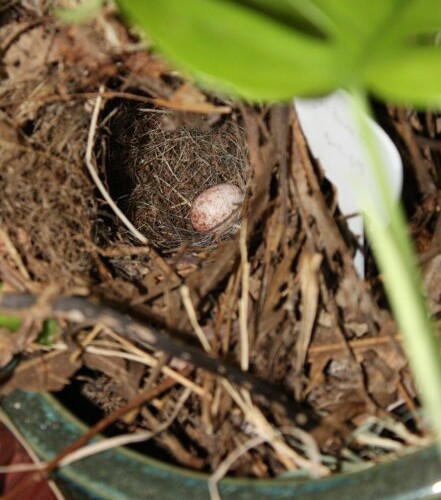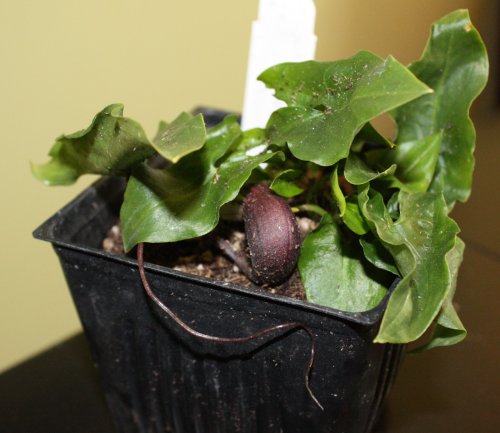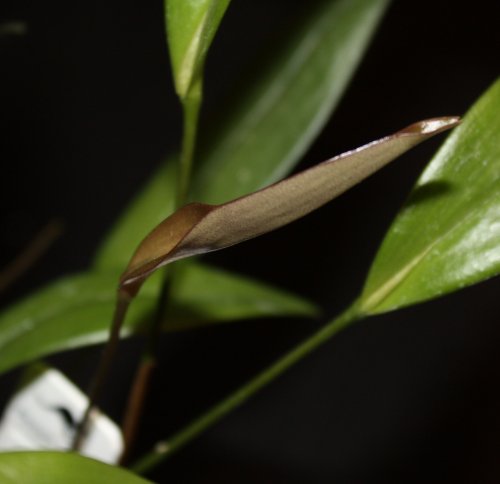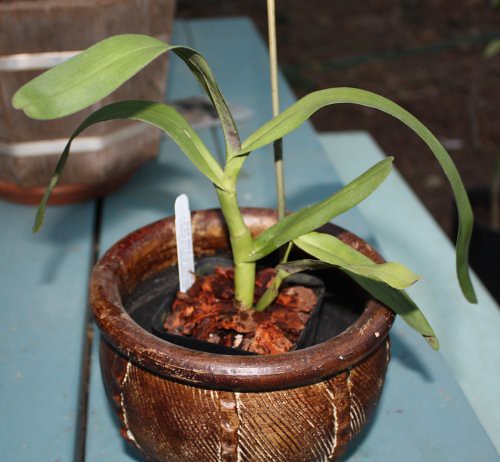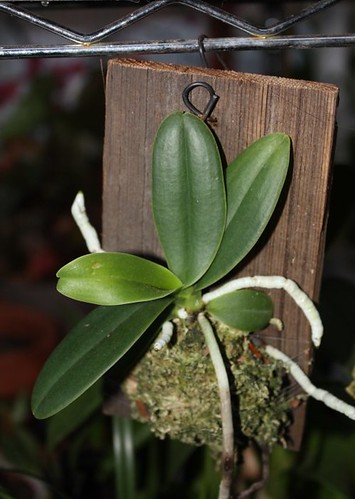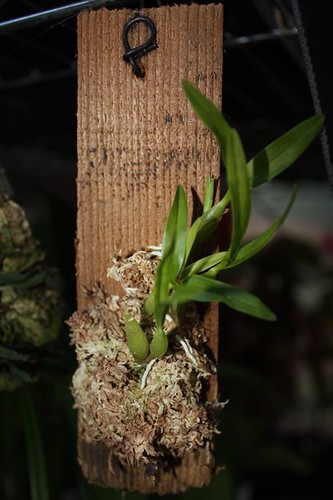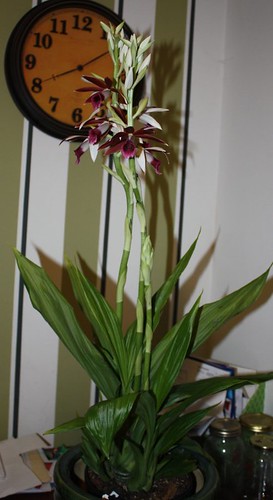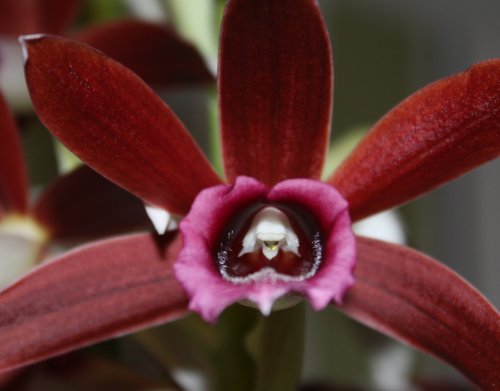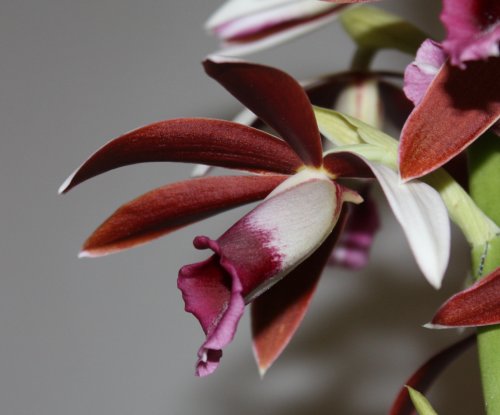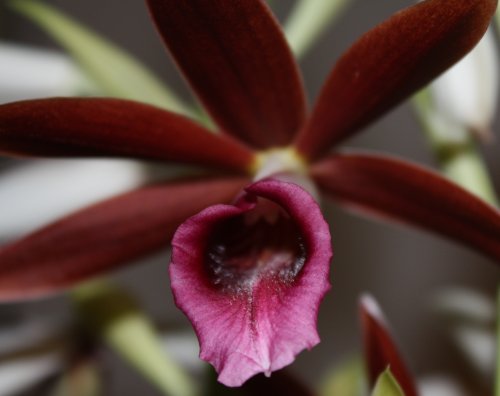Last week the Myriad Botanical Gardens and Crystal Bridge Tropical Conservatory in Oklahoma City reopened after a year of renovations. The purpose was primarily to replace the 20-year old panels that were past their prime. While they were taking the place apart, they went ahead and repainted the structure, revamped the layout of the interior a bit, laying new walkways and completely redoing the behind-the-scenes staff and educational area. For now, only the publicly seen area is finished and the rest still needs a lot of work. During the year that the renovations were being done, most of the plants were covered with tarps, protecting the plants while also blocking out the light. Some plants survived and others did not.
[Note: I apologize up front if my pictures are not up to snuff. I just got a smart phone recently and all of these pictures were taken with my phone, since I didn't have my camera with me. Although it takes pretty good pictures, I don't have as much control over focus, flash or exposure. Some of the images are out of focus and I didn't realize it at the time. Others are a bit grainy, due to the exposure. Others (especially close-ups) look pretty decent.]
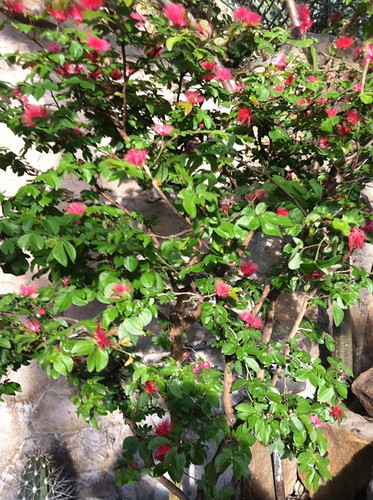 |
| Miniature Powder Puff (Calliandra emarginata) |
 |
| A couple of the many flashy Bromeliads planted all over the place. |
I had the opportunity to be in the Crystal Bridge (CB) on opening day this last week as a volunteer during the Arts Festival. I was happy to see that many of the special plants in the CB were still there and in decent condition - the Jamaica Poinsettia Tree (
Euphorbia punicea), many tall Palms, the spoon-leaf Bird of Paradise (
Strelitzia parvifolia), the Golden Chalice vine (
Solandra maxima), many Cycads, several prize Aroids, and many
Euphorbias and other succulents on the dry side of the CB. In fact, those Cycads are all doing really well - almost all of them are "in cone" right now, which is cool if you're a Cycad-person, and even pretty neat if you're not (like me). Kenton, the education director at the Myriad, pointed out to me that one of the Cycads was producing smaller leaves than normal, but also making some offsets. The last year probably stressed this plant into making offspring in ways that it usually does not.
 |
| Cycad that looks like bamboo. Notice the prevalent cones at the base! |
Since I don't know my Cycads and didn't bother to look at the identifying tags (when available), I'm just calling these like I see them.
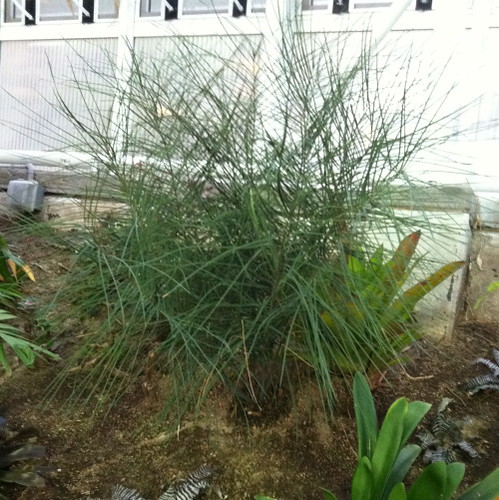 |
| Very grassy-looking Cycad. There are cones at the base of this one too, but it's pretty impossible to see in this picture. |
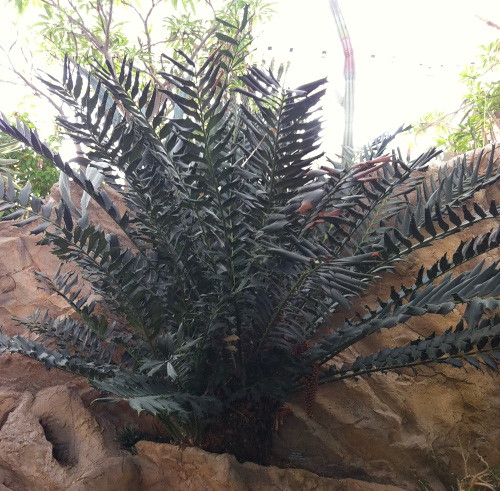 |
| One of the larger Cycads at the CB. This one is about 8-10' tall and has cones hanging down, as you can see on the right side of the picture. |
For now, the empty space where plants were lost has been filled in with TONS of Bromeliads and Orchids. It's very pretty and colorful, but has a different feel from what it used to have. It is kind of like 50 each of 8-10 different species, rather than 400-500 different species, like it used to be. My guess - especially after talking with Kenton - is that this choice of plants was just to fill up the space to get it started with. Some of the more unique and interesting plants that were previously here (and will be here again) take longer to track down and acquire. I look forward to seeing the CB evolve over the next 10 years or so. I imagine it will become a jungle once more! But I was thoroughly enjoying looking at all of the different orchids tucked into every crook and cranny. I know that even if these plants are ignored, in the wonderful growing environment of the CB, these plants will continue to grow and bloom every year. Even though there were a lot of
Oncidiums and a couple of
Cattleya (both common), there were also some less common orchids, like
Zygopetalums,
Phaius,
Bletilla and others whose names I can't think of right now.
 |
| A really nice Zygopetallum orchid. I just love the mixture of colors in these flowers. |
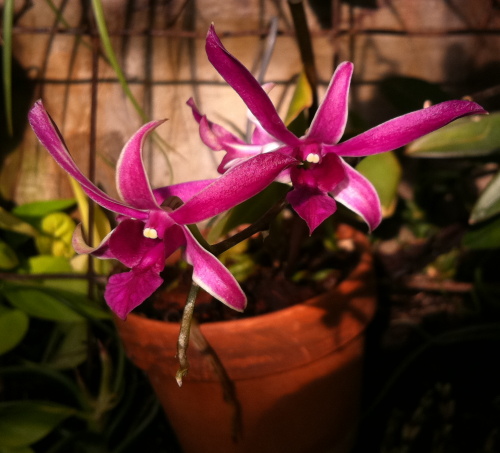 |
| Unknown Dendrobium orchid |
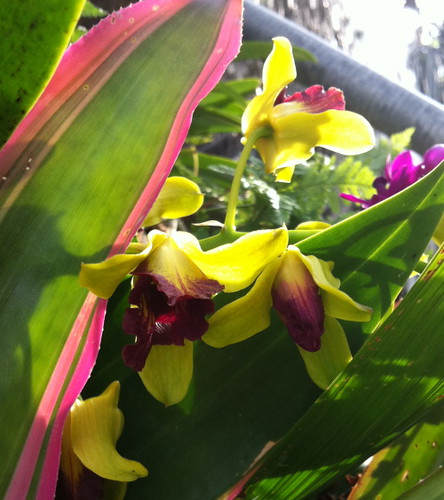 |
| Interesting orchid blooms resting on a bromeliad leaf |
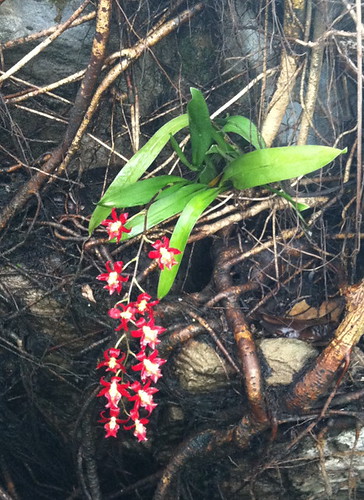 |
| Unknown orchid - maybe a Dendrobium. I have to say this is my favorite picture from my two days in the CB. The scene is just perfection. |
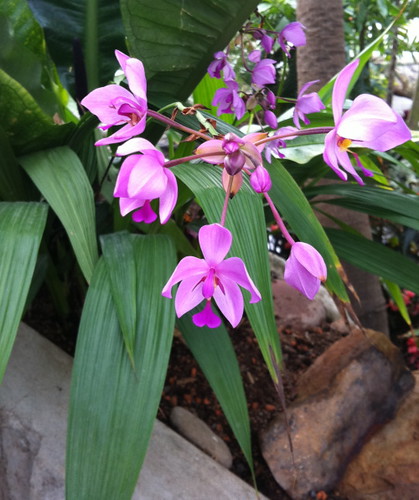 |
| I only know Bletillas well enough to realize this was one. I don't have any ideas on the species or hybrid name. It's a pretty plant, though. Bletillas are terrestrial, along with the Phaius which are planted in the CB. |
As always, there are many Gingers and Begonias planted in the CB. There are a couple of mature Begonias that I can tell were salvaged from before the construction. These are mostly tall cane-like Begonias that are probably true species. Most of the new ones are clearly hybrids - very colorful and unusual looking things.
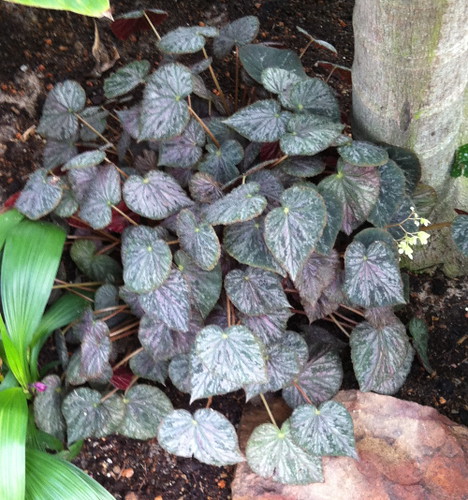 |
| An unknown Begonia, probably a hybrid. The silvery blue foliage is a winner in my book! |
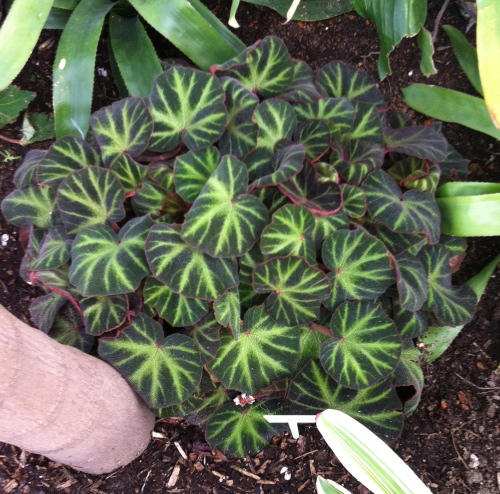 |
| Another unknown Begonia with vibrant and rough leaves. |
I leave you with one picture of the Myriad just before closing time. They now have colored lights installed in the CB, which show off the cool structure from the outside at night. You can see from this picture how wide the walking area is now, since they widened the path and the plants are not yet pushing their bounds.
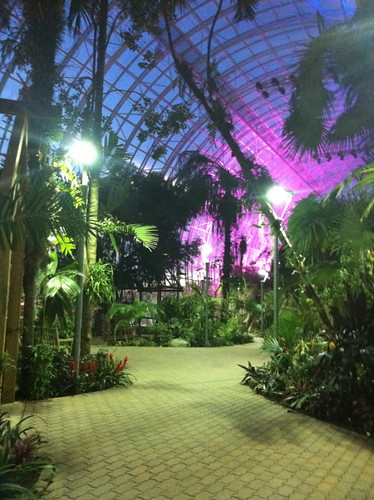 |
| View from inside the Myriad Crystal Bridge at night. |















